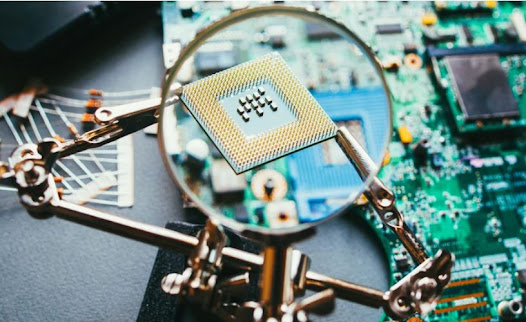Understanding Power Supply PCBs
A power supply PCB is specially designed to handle the distribution and conversion of electrical power within electronic devices. These PCBs must be robust enough to handle high currents and heat without failure. While there are several types of PCBs suitable for power supply circuits, heavy copper PCBs are particularly valued for their enhanced capacity and durability. Characterized by their thick copper traces, which can range from 2 to 20 ounces per square foot, heavy copper PCBs are engineered to manage the demanding conditions of power supply systems.
Advantages of Heavy Copper PCBs
Heavy copper PCBs offer numerous benefits that make them an ideal choice for power supply applications:
Enhanced Current Carrying Capacity: The thick copper traces allow for the handling of significantly higher current levels compared to standard PCBs, reducing the risk of thermal strain and improving the overall lifespan of the component.
Superior Thermal Management: Heavy copper layers enhance heat dissipation, crucial in power electronics where excess heat can lead to component failure. This characteristic allows designers to push the limits of their products while maintaining safety and efficiency.
Increased Mechanical Strength: Boards with heavy copper traces boast increased mechanical strength at connector sites and within the PCB itself, which can be crucial for applications involving physical stress or requiring extra rigidity.
Design Challenges with Heavy Copper PCBs
Despite their advantages, designing heavy copper PCBs presents unique challenges:
Etching Process: The etching of heavy copper can be difficult due to the increased thickness of the copper layer. Achieving precise etching requires careful control and advanced technology to maintain accuracy without undercutting or over-etching.
Thermal Management: While heavy copper PCBs are excellent at dissipating heat, managing the thermal expansion during operation can be challenging. Designers must consider the thermal expansion properties of copper and other board materials to prevent delamination and stress fractures.
Layer-to-Layer Bonding: The presence of thick copper layers can complicate the lamination process. Ensuring a strong bond between layers without voids or delamination requires specialized techniques and materials.
Overview of Heavy Copper PCB Manufacturers
Several manufacturers specialize in heavy copper PCBs, offering advanced technology and expertise. Companies like Vital Links Technology, Saturn Electronics, American Standard Circuits, and Bay Area Circuits are recognized for their robust manufacturing capabilities and stringent quality control measures. These firms are distinguished by their ability to deliver high-quality heavy copper PCBs tailored to meet the rigorous demands of power supply applications.
Case Studies: Success Stories Using Heavy Copper PCBs
Case studies from various industries demonstrate the effectiveness of heavy copper PCBs in enhancing product performance and reliability. For example, in the renewable energy sector, heavy copper PCBs have been instrumental in increasing the efficiency and durability of solar inverters. Similarly, in automotive applications, these PCBs have provided the reliability needed for power regulators and controllers in electric vehicles.
Conclusion
Heavy copper PCBs play a crucial role in modern power supply systems, offering unmatched reliability, capacity, and durability. As technology progresses, the demand for robust and efficient power supply components will continue to grow. Embracing heavy copper PCB technology is a strategic move for any professional in the field of electronics design and manufacturing.
This article provides a deep dive into the world of heavy copper PCBs, highlighting their importance in the electronics industry, especially for applications demanding high power and reliability. For engineers and designers, leveraging the strengths of heavy copper PCBs can lead to significant advancements in product design and performance.








